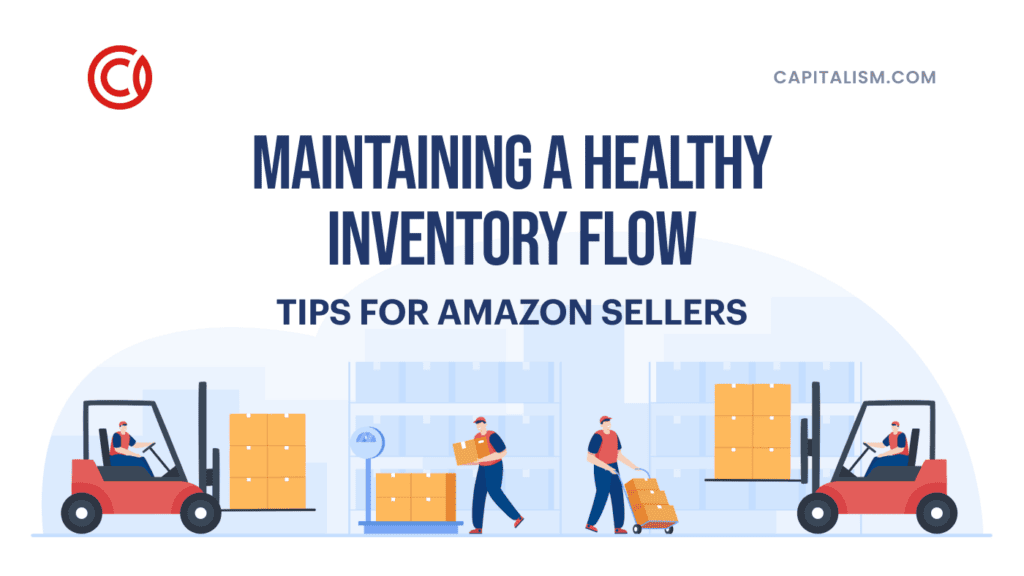Build a list!
It's the advice experienced marketers give to amateurs. "The money is in the list" they say, and they're right. For the longest time, "list" was synonymous with email. When experts mentioned building a list they really meant building an email list.
Not anymore.
In 2015, Facebook opened up their Messenger app to developers. Then, in 2017, Facebook rolled out Messenger ads. These moves gave Facebook a much needed boost as News Feed ad revenue was on the decline. But it also gave marketers something significant.
Facebook gave marketers access to your inbox
They gave marketers access to the Facebook inboxes of 1.2 billion people. A chance to have a real, one-on-one conversation with customers. So? What's the big deal? We're already able to have a one-on-one conversation with customers. SMS and email marketing, right?
Sort of.
Messenger apps have empowered consumers. They're able to have a direct conversation with marketers, all in real time. Messenger marketing is closer to texting than it is to email. But there's no weird stigma about chatting with customers on their mobile device.
Because messenger marketing gives you access to customers on their terms.
Let's say it's 3 AM. Your customers are up late. They saw your ad earlier and they've decided now is the perfect time to reach out. You're closed for another five or six hours but your customer wants to chat now. What do you do?
You automate!
Start a conversation with customers when they're ready...
With chatbots.
A Facebook Messenger chatbot is a Facebook page that sends out and responds to messages automatically. This is what makes Facebook Messenger marketing so special. A chatbot enables you to reach out to customers on their timetable, on their terms and when they're ready.
Here's the problem.
If you're like most marketers, you don't know the first thing about creating a chatbot for your business. It sounds a bit intimidating. How do you create an AI powered chatbot that answers your customer's questions?
It's easy. You recruit third party help.
Providers like ManyChat, Chatfuel and Botsify are excellent sources to get started with. Work with these providers you can have your very own chatbot up and running in as little as 2 minutes. Which is great and all...
Except for the part where you don't know what to say.
What do you offer prospective customers? Customers don't want you to spam or harass them, but you need sales. How are you supposed to maximize sales with chatbots? What do you say and when?
The biggest mistake marketers make with chatbots
Most marketers take the easy route. They treat their customers the same, spamming them indiscriminately. It's a big mistake that comes with serious consequences.
Well it can't be that serious, right?
According to Gleanster Research, 25 percent of leads are unqualified. 50 percent of leads are qualified but not ready to buy. Only 25 percent are sales ready. What does this mean exactly? It means 75 percent of the leads you generate aren't sales ready.
Which means you'll need to talk to customers.
You'll need to nurture the relationship you have with prospective customers. You'll need to talk to unqualified customers so you can remove them from your funnel. You'll also need to talk to sales ready customers who are eager and willing to buy.
Why?
Because 50 percent of sales goes to the company that responds first. Chatbots give you the tools you need to create a compelling first impression. Here's where sellers go wrong. They swarm their customers. They pounce on each and every customer as soon their information comes in.
Which pushes customers away.
Using Chatbots to maximize sales via Messenger Marketing
If you're looking to maximize sales on Messenger you'll need the right strategies and tactics in place. The right approach will give you what you need to convert more shoppers into customers. First, you'll need to segment your customers into three distinct groups.
- Cold traffic refers to customers who have never heard of your business. They're the 50 percent who are qualified but not ready to buy. These customers need to be nurtured with education.
- Warm traffic points to customers who are sales ready. They've recently visited your website. They've subscribed to your email list. Downloaded your guide or abandoned their shopping carts. They're part of the 50 percent. They're qualified but not ready to buy.
- Hot traffic. These are shoppers who've expressed buying intent. They've added a product to their wish list or shopping cart. Maybe they've reached out to customer support via live chat. These are the 25 percent who are sales ready.
How do you use chatbots with these customer segments?
- Cold traffic: Offer links via chatbot to education, entertainment or support pieces. Share valuable content with customers. Focus on serving before asking customers to buy.
- Warm traffic: Share discounts, bonuses, incentives and tripwire offers via chatbots. Offer remarketing offers. Mention customer testimonials and reviews. Suggest FAQs to answer any pre-sale questions.
- Hot traffic: Offer discounts, bonuses or incentives for on-the-fence customers. Share onboarding emails and tripwire offers with new subscribers and customers.
The sky's the limit.
Chatbots give you the ability to tailor your conversation, your offer around your customers. With chatbots you get the opportunity to initiate a one-on-one conversation with customers first. Look for opportunities to serve. Treat customer conversations as an opportunity to add value.
Chatbots give you the tools and resources you need to increase customer engagement. A one-on-one conversation that's focused on shared value. It's a simple straightforward way to maximize social selling via Facebook Messenger marketing.
As the saying goes, your money's in the list.
RELATED:
- How to Rock Facebook Advertising for More Sales in 2018
- Why Facebook Video Ads, Amazon Are Key to Building a 7-Figure Physical Product Business
- Using Automation Fear for Good: Why Entrepreneurs Must Rethink the Value of Human Labor Skills











